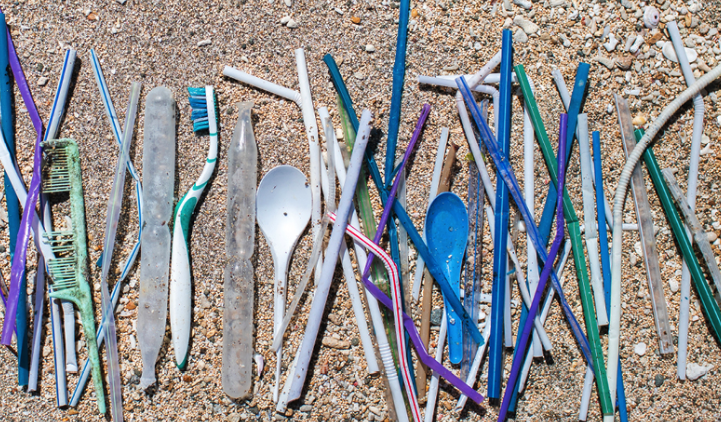Waterways: Clean-Up

Produced By:
Junior Landcare
States:
Qld, NSW, SA, NT, ACT, Tas, WA
Aimed at:
Year 2
- 8
Curriculum 8.4
ACHGK045, ACMSP048, ACMSP068, ACMSP096, ACMSP119, ACMSP120, ACMSP148, ACMSP170,ACSSU032, ACSHE035, ACSIS040, ACSHE051, ACSIS060, ACSIS057, ACSHE062, ACSIS068, ACSHE081, ACSIS090, ACSHE100, ACSIS107, ACSSU112, ACSIS125,ACSIS129, ACSIS140, ACSIS144,ACSIS165
Curriculum 9.0:
Lesson Type:
Subjects:
Keywords:
landcare, junior landcare, waste management, coastline, river, creek, litter, beach, wildlife, pollution
Waterways: Clean-Up
Introducing a powerful educational resource that empowers students to make a positive impact on their local waterways! This lesson plan is designed to engage students in the crucial issue of water pollution and the role they can play in keeping their coastlines, rivers, lakes, swamps, creeks, floodplains, billabongs, and estuaries clean.
The learning activity is divided into two parts – clean-up and behavior change. During the first part, students will participate in a community clean-up effort, working together to remove litter and other pollutants from their local waterways. This hands-on experience will not only help clean up the environment but also help students understand the scale of the problem and the impact of their actions.
In the second part, students will explore ways to change their behavior to reduce their impact on the environment. This includes limiting their use of single-use plastic and other materials that can contribute to water pollution. By educating students about the importance of reducing waste and making sustainable choices, this lesson plan helps them understand the power they have to make a difference.
This teacher resource is a great way to incorporate hands-on learning and critical thinking into your classroom. Encourage your students to become active and engaged citizens, who are committed to preserving the environment for future generations. With this lesson plan, you’ll inspire your students to take action and make a positive impact on their local waterways.
